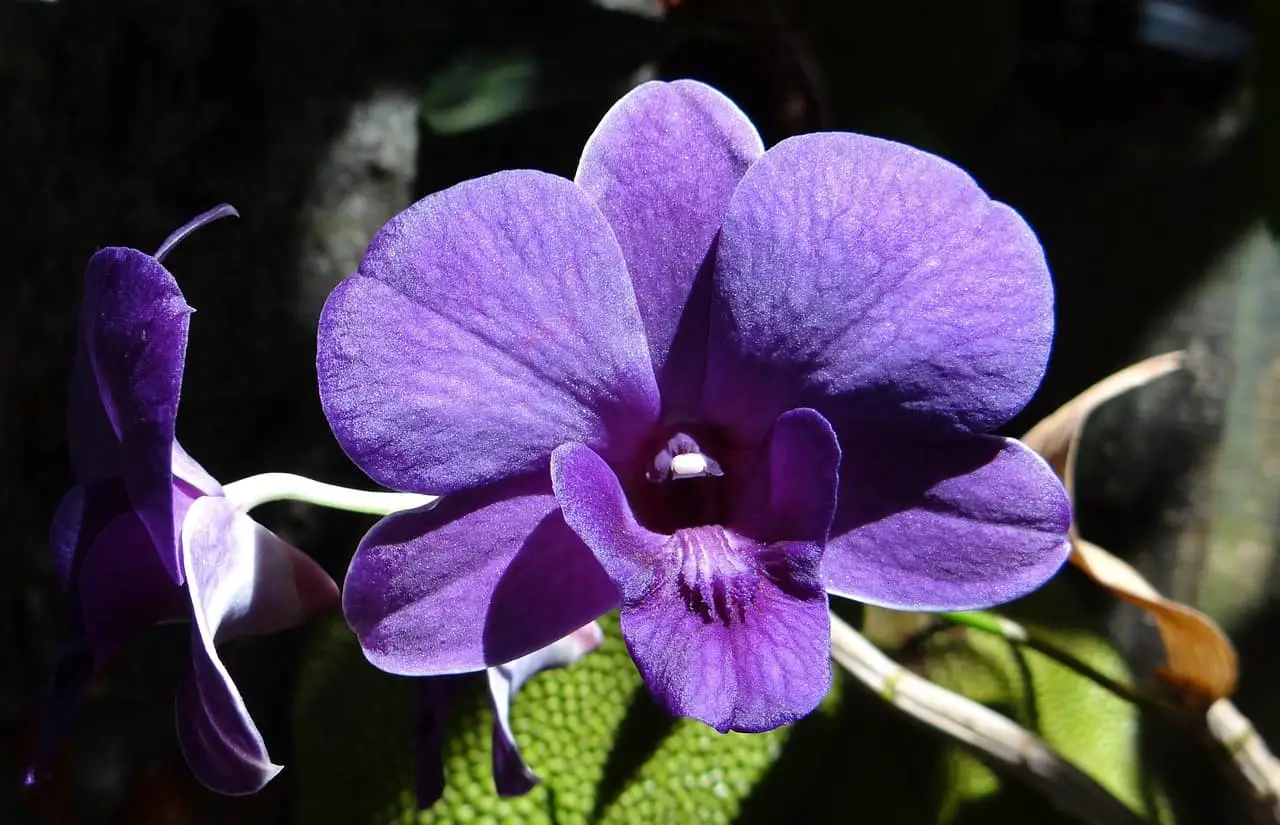Orchids are one of the most beautiful and exotic plants that add a touch of elegance to every room. However, orchids can be temperamental, and sometimes your beautiful orchid may start to die. If you are a beginner, bringing your dying orchid back to life can seem daunting. But don’t worry! With a little bit of knowledge and TLC, you can revive your dying orchid and have it look healthy again.

Understand Your Orchid’s Needs
Orchids are different than most plants, and caring for them requires a certain level of knowledge. Understanding basic orchid care is essential to keep your orchid healthy. Orchids thrive in tropical environments with high humidity, plenty of light, and air circulation. Make sure you place your orchids in a spot with indirect sunlight and never place them in direct sunlight. With proper care, orchids can grow and bloom for years.
Identifying the type of orchid you have
There are various types of orchids available in the market with different needs, so it is important to identify what type of orchid you have. Some orchids require a lot of light, while others thrive in shade. Each orchid has its own unique requirements, so it is essential to know which type of orchid you have to give it proper care.
Assessing the Plant’s Health
Before you can revive your orchid, you need to assess its health. One of the common issues for orchids is improper watering, causing their roots to rot. Another issue could be the orchids not getting enough or too much sunlight. Pests like mealybugs and spider mites can also invade an orchid. Identifying the problems can help you find a solution and revive your orchid.
Checking the plant’s roots and leaves
Checking the orchid’s roots and leaves is crucial to revive them. Carefully remove the orchid from the pot and examine the roots. If they are brown and mushy, the orchid is overwatered, and if they are dry and brittle, it is a sign of underwatering. Also, examine the leaves for signs of pest infestations, spots, or discoloration. Ensure the leaves are firm and plump, as limp leaves indicate overwatering.
Reviving the Orchid
If you find that the orchid needs repotting, it is best to do it in the spring when the orchid is actively growing. Remove any damaged roots and use a well-draining potting mix to avoid the roots from getting soggy. Make sure to choose a pot that is one size bigger than the current pot. Place the orchid in the new pot and water it thoroughly.
Correcting watering and light issues
Watering your orchid correctly is key to keeping it healthy. Always use lukewarm water to prevent shock and water it sparingly. Orchids can absorb humidity from the air, so it is essential not to let the soil dry out completely. Make sure to water the orchid when the potting mix is almost dry. Keeping the orchid in a spot with indirect sunlight is ideal, and avoid positioning the orchid in temperatures below 60°F.

Conclusion
Reviving a dying orchid requires patience, understanding, and proper care. With the suggestions mentioned above, we hope that we have answered all of your questions and helped you revive your orchid back to life. Remember, taking care of an orchid takes time, so be patient and give it the care it requires and watch it grow and bloom for years to come.

